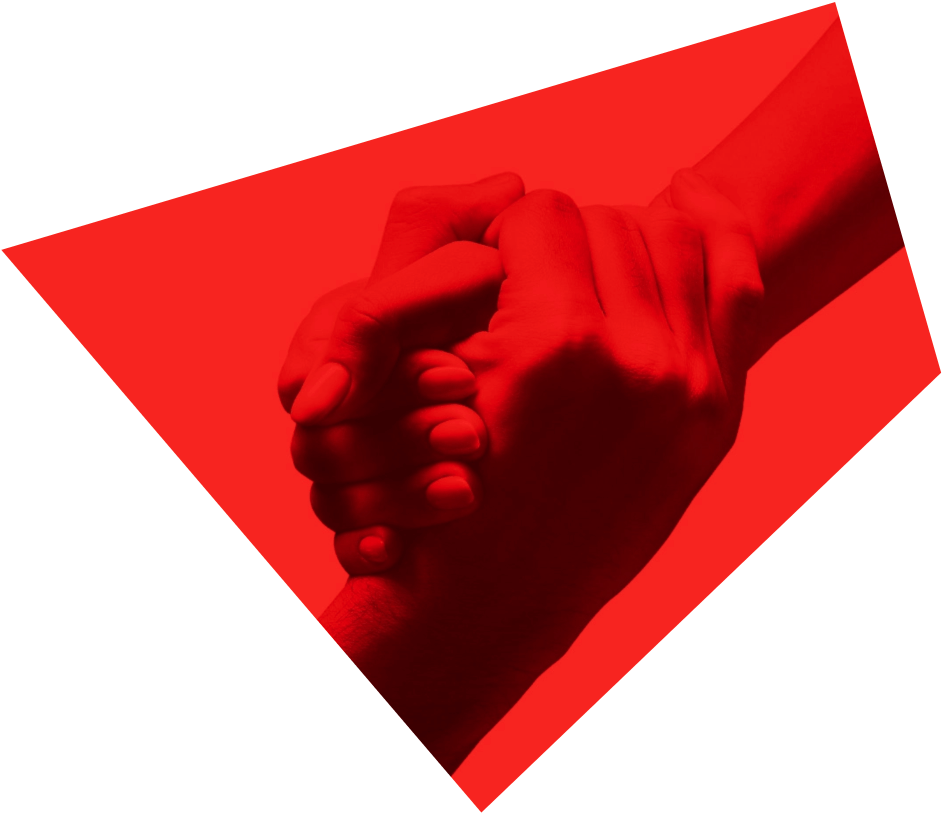The Ontario Liberals have now served in government for more than 14 years. It’s an incredible accomplishment: few governments in Canada have secured so many consecutive mandates, especially in today’s turbulent political environment.
That longevity has not been a fluke. The Ontario Liberal Party has been led by leaders who have connected with Ontarians and keen political operators who move quickly and decisively to play up political advantages and minimize political threats. It’s among the most formidable Canadian political organizations in its era.
The Ontario Liberals have demonstrated an impressive ability to identify and exploit the weaknesses of their political foes. Their reward has been four consecutive governments.
It’s for that reason that this fall has been particularly interesting to watch.
When Patrick Brown was elected the leader of the Ontario Progressive Conservatives in 2015, many pundits thought the party had made a grave error. Indeed, many dismissed it as an accident that would have serious consequences for the party.
Brown had been a backbench Conservative Member of Parliament in Stephen Harper’s government, and had been part of a number of votes that could allow the politically savvy Liberals to define him as an unpalatable social conservative.
However, Brown has been far more politically deft in the last two years than the political class in Ontario would have guessed he’d be. He has wisely recognized that 14 years of governance eventually causes a government’s shine to wear off, no matter the party or its successes.
It is natural that in the course of governing the inevitable barnacles will attach to the ship of the government, and a party will take some scrapes and hits that begin to cause serious brand damage. Kathleen Wynne’s Liberals are struggling with that challenge.
Brown has capitalized on that by stepping away from the spotlight.
He has systematically shed positions that would alienate mainstream Ontario voters from the PC party. He hasn’t let the party’s more right-wing tendencies get the best of it.
The Liberals have a tried-and-tested formula for winning elections, including the aforementioned ability to identify and hammer away at opponents’ weaknesses. The Liberals also have a superbly organized ground game.
The Working Families Ontario coalition is a centre-left organization developed by a number of interest groups that work to develop election strategies to keep the PCs out of government. Often, the Liberals and Working Families air ads with similar messages and themes that frame their opponents as bad for Ontario.
Thus far, this has been a one-two punch that knocks out opponents. But the last two months have shown that the Liberals have struggled to find an attack on Brown that sticks.
They have tried to compare Brown to U.S. President Donald Trump, pushing the message that the PC leader will bring a new and divisive brand of politics to centrist Ontario. A Working Families coalition ad implies the same, imploring Ontarians not to bring Trump’s politics to Ontario.
Trump is an effective political cudgel. He is about as popular in Ontario as a cockroach infestation in your home.
But Brown’s effective message of political moderation has made those attacks ring a bit hollow. It’s hard to imagine the calm and measured Brown indulging in the divisive politics of Trump.
The Liberals have tried to trip up Brown on such issues as Canadian values, abortion and gay rights, to no avail. He has refused to take the bait.
It is perhaps with this in mind that the Working Families coalition has released another ad, accusing Brown of behaving like a weather vane — an opportunist who changes his views depending on the political winds.
This means the coalition is saying that Brown is an operator who wants to bring divisive Trump-like politics to Ontario at the same time it’s arguing that he takes his political positions based on political wind direction.
Not only is it not a coherent message — it’s downright contradictory.
Brown has learned the lessons of his predecessors, and he has refused to give the Liberals an opportunity to wedge him into uncomfortable positions.
By doing so, he is focusing political scrutiny on a Liberal government that is increasingly under duress. Only eight months before an election campaign, a number of government veterans have announced they are retiring, the media has grown more critical, and the Liberals’ messages to voters don’t seem to be getting through.
Meanwhile, Brown is showing Ontarians that his leadership victory may well not be a mistake after all.
Jaime Watt is the executive chairman of Navigator Ltd. and a Conservative strategist.
